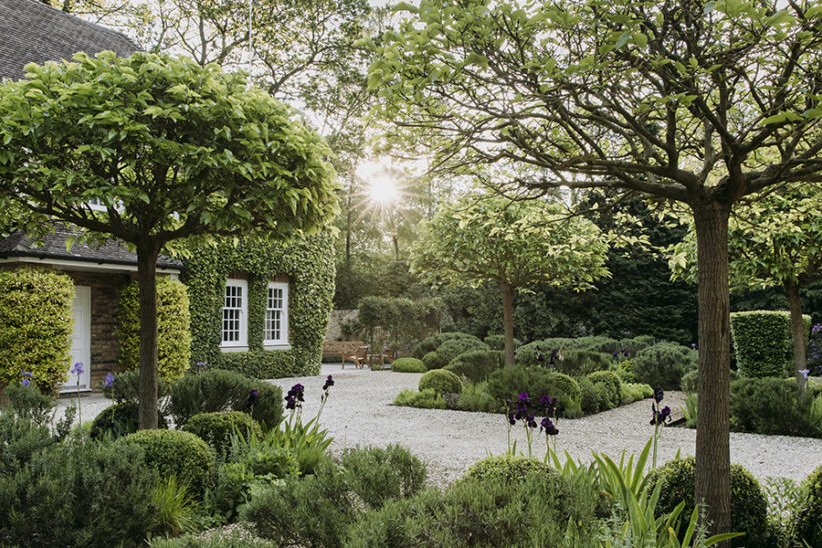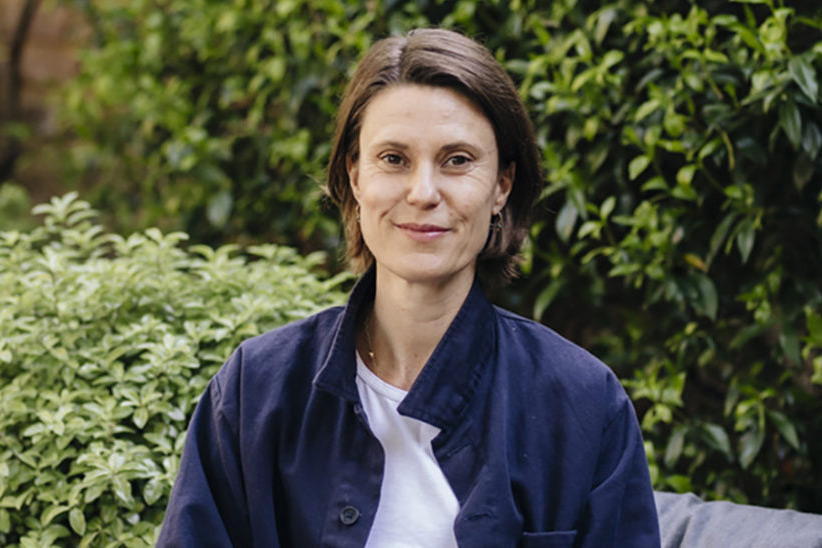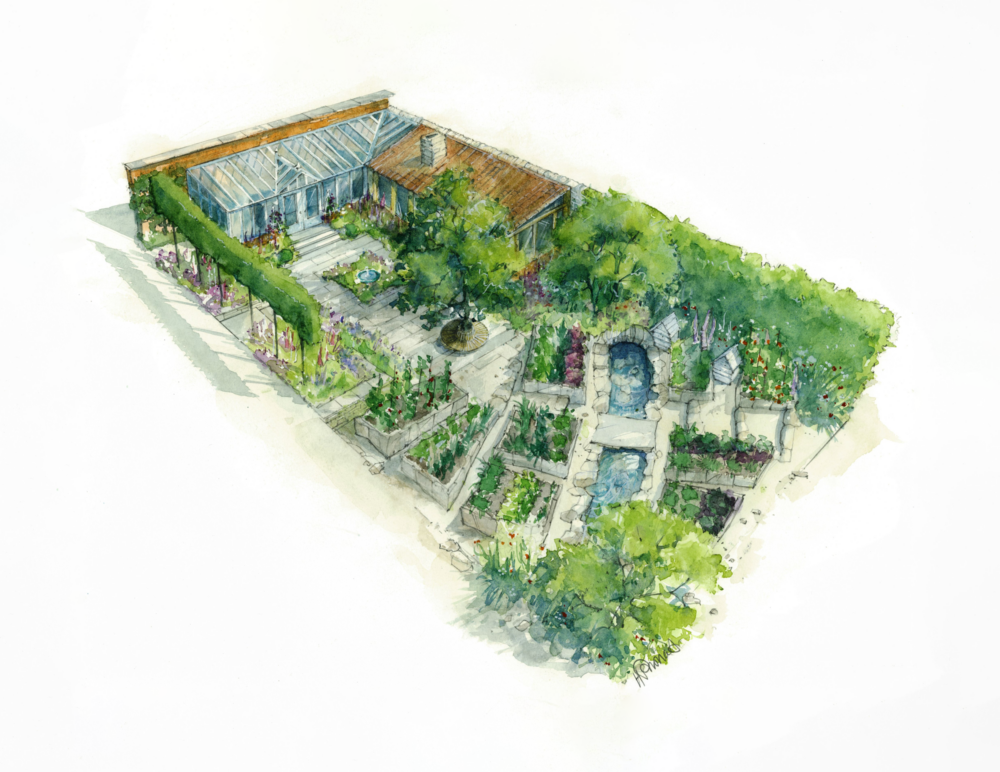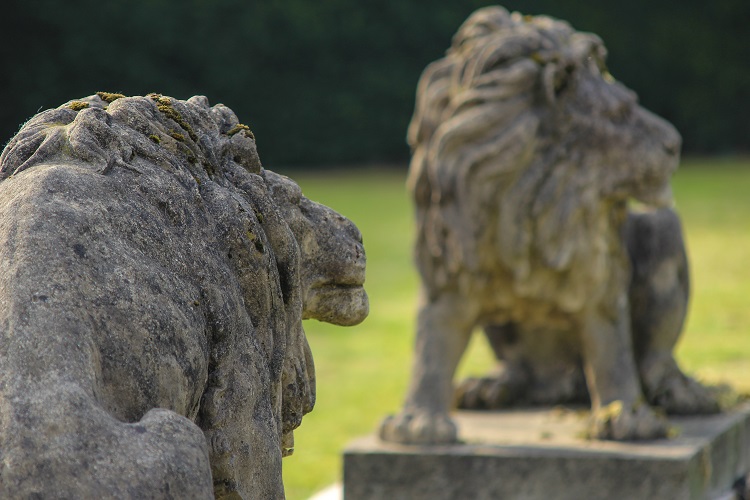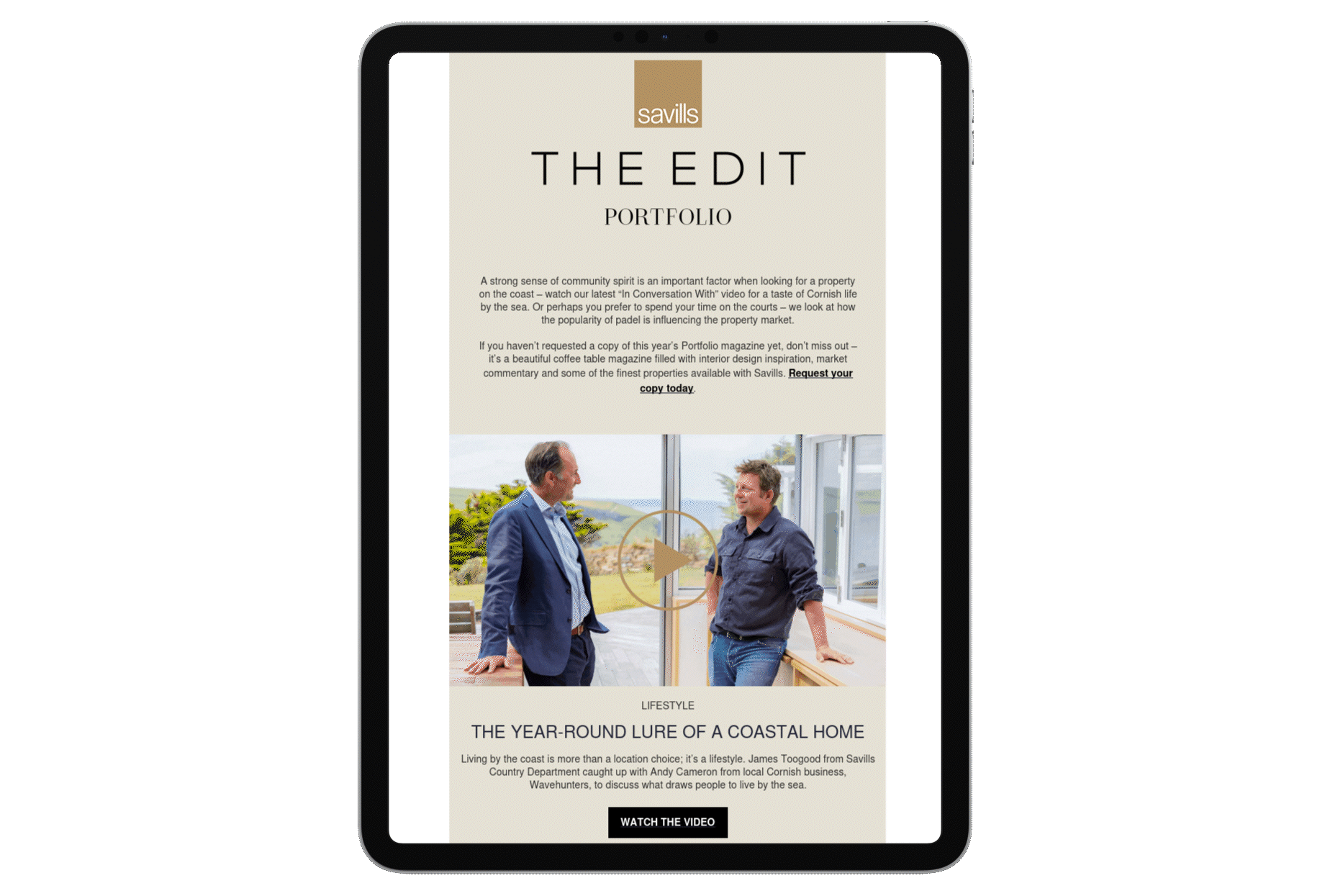This article was published in May 2022
The RHS Chelsea Flower Show is around the corner, and Savills is once again partnering with designer David Harber on a stand that will showcase a curated selection of sculptures, sundials and water features. Savills and David Harber have a well-established partnership that has spun numerous RHS Chelsea Flower Show gardens and trade stands. Renowned garden designer Emily Erlam – named one of House & Garden’s Top 50 garden designers – was commissioned to create the stand and select the accompanying planting.
Here, David and Emily sit down with Crispin Holborow, County Director of The Private Office, to discuss the show and why sculpture and garden design are a perfect partnership.
[Crispin Holborow] David, you have a long history of collaborating with Savills, but this is your first time working with Emily. How are you both feeling about this year’s show?
[David Harber] I’ve been involved with Chelsea stands for 25 years. It’s a massive commitment, but it’s a lot of fun. Every year it gets more complex and more professional. It’s at the forefront of our minds for the six to seven months leading up to it. We’ve won an inordinate number of awards (no pressure, Emily!), but even when we haven’t, it’s always a huge success with the public and our clients.
[Emily Erlam] I haven’t created anything at Chelsea before, but I’m delighted to be working with David and Savills this year. I feel part of a well-oiled machine.
[CH] It’s something we love being part of at Savills, the creativity that comes from you, David, and the garden designers. Tell me what you have in store for us this year.
[EE] The garden design is based on David’s new sculpture called Teardrop Mantle. It has a dramatic teardrop shape, but what I love is the pattern of petals that connect to make the structure of the sculpture partly see-through. We took this pattern and made it the basis of the garden’s design.
If you look carefully you will notice that the shape of the planting beds and the movement spaces are all based on this design. It gave us such a great springboard to a slightly different style of garden. It feels very fluid, with lots of curvy shapes. It was a great opportunity to create a transition between mass and void. So we have the mass, which is the planted area, while movement spaces, like a path between the planting beds, are the voids.
[CH] The sculptures always provide an amazing talking point.
[DH] The teardrop is such a simple, elemental piece. It represents one single drop of water, such an essential part of life. It’s a resource, not a commodity. Its shape would be understood by any human on the planet, regardless of where you are.
[CH] When you designed the sculpture, David, did you have a vision of where and how it should be presented?
[DH] I wouldn’t dare tell a garden designer how to structure a space!
[EE] Some sculptures like to be displayed among planting and that’s a great solution. But sometimes a sculpture needs a bit of breathing space. And so after chatting about it, we followed that direction for the Teardrop Mantle.
[CH] Is it difficult to design a garden around a sculpture or does it help?
[EE] We love the idea of having something that contrasts with the plants, so we’re always looking for a sculptural effect in our planting. We use trees, structural shrubs and repeat shapes.
It’s a godsend to have something to celebrate in the garden. Some gardens have natural events like big trees, maybe there’s a pergola or a summer house, but really it’s about creating avenues and views. And if we have an avenue, we want something beautiful at the end of it. We want to propel people through and create a destination.
Our job is to get people to move from inside to outside the house. Once there, we lead them into the outer reaches of the garden with exciting treats. Sculpture is the most fabulous way of doing that. There are two methods: either you can see it from the house, and there’s a very clear route to it. Or it’s in its own space, maybe shimmering, with a meadow around it. Either way, it’s really special.
[CH] Would you say that the placing of the sculpture is almost as important as the sculpture itself?
[DH] Some pieces work really well in the garden of a terraced house; others look great from a distance. Sometimes you’re drawn to a space that you feel is missing something. It’s not just the spaces where nothing else will grow, it’s a space that needs something less transient than plants.
[EE] I always think sculpture needs to take pride of place. The sculpture is the focal point. As garden designers we have to be respectful to architecture, we leave our egos at the door. So the first thing is, not too much design. You don’t want to distract from it. Everything leads towards the sculpture. The planting might be soft. The height needs to be just right, at an even level, so the sculpture just hovers above it. If you have a clearing in woodland, everything is so vertical, a sculpture is perfect.
[DH] The place and the sculpture need to work together. Not long ago, I saw a very subtle avenue through an enormous wood. And at the end of the avenue there was a small mound and it was absolutely beautiful, the sunlight was dappled through the trees.
I suggested something bold, clinical, contemporary, but because it had a mirrored surface of stainless steel it reflected its environment. If I’d made it muted, from oxidised steel, it would have disappeared. Instead, it is a focal point, through this long meandering avenue. It draws you further into the woods. It has no ego, it isn’t saying ‘look at me’. It says ‘come on a journey, and then look at the world from a different standpoint’.
Lead image: Teardrop Mantle by David Harber



